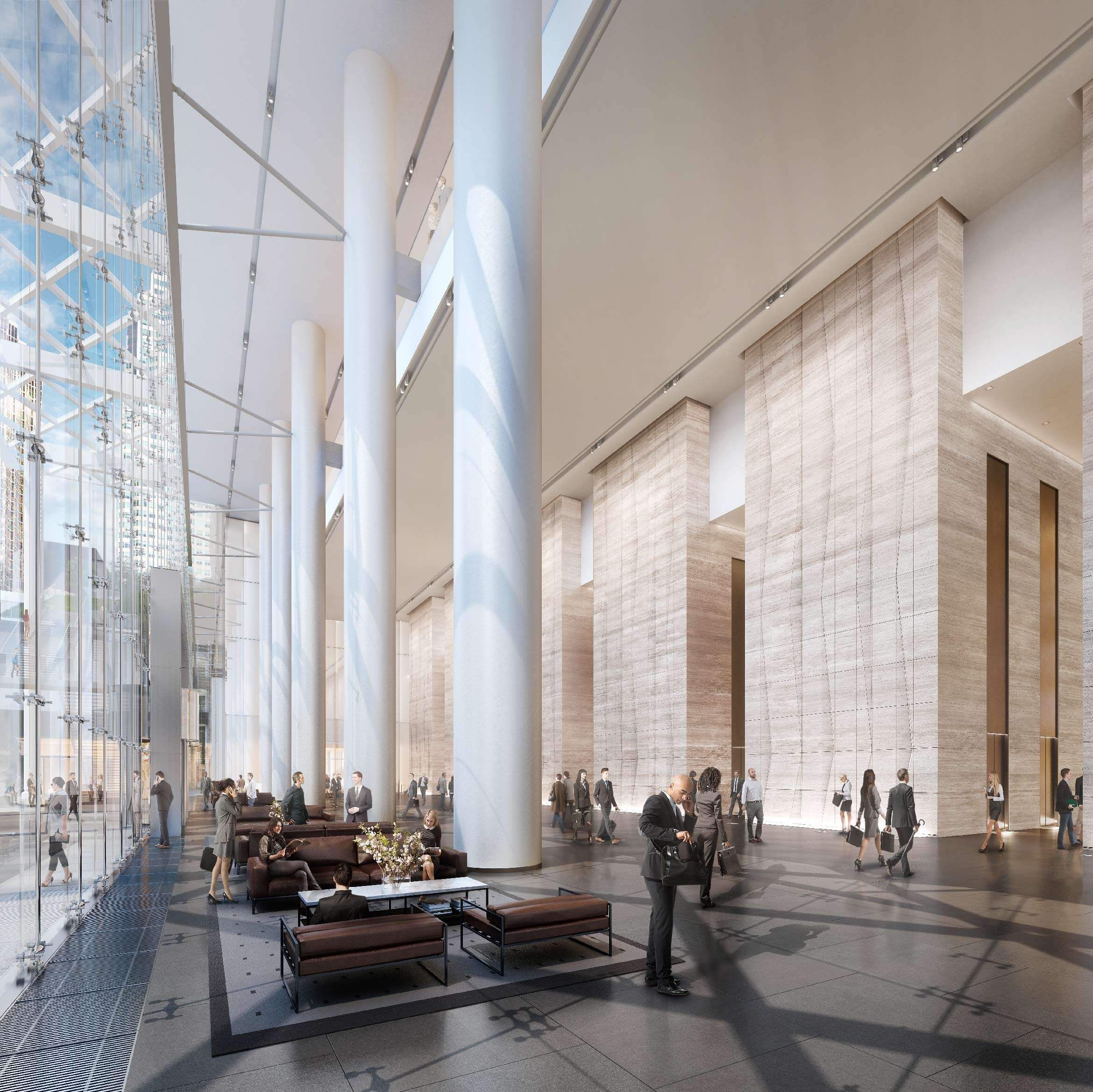
Lance Leighton
Founder – HedgeFundSpaces.com
New York State Licensed Real Estate Salesperson
Since the pandemic began, many Manhattan office buildings have undergone substantial improvements to their infrastructure and offerings in an effort to lure tenants. Accordingly, once dated assets have improved their rankings in terms of desirability. However, throwing lipstick on pigs doesn’t translate into swine becoming supermodels. As a result, understanding the building classification system in New York City can be quite confusing and subjective.
Commercial Real Estate Brokers typically refer to office towers or spaces by the quality of their finishes and age- which often translates into differences in pricing as well. To facilitate the breakdown, here is a simple way to understand the unique differentiators between Manhattan building types.
Office buildings are generally classified into different classes based on their age, location, quality, and amenities. Here are the FOUR most common classes of office buildings:
It is worth noting that these classifications are not set in stone and can vary depending on local markets, opinions and other factors. Additionally, some buildings may be classified as Class A-, B+, or C+ or C-, indicating that they fall somewhere in between the traditional classifications.
tags:
category:
recent posts:
BlackRock, Bank of America and Third Point had Midtown Manhattan's most notable new leases. There is no question that 2017 was a solid year for New York City commercial real…
The office space market is being dictated by ONE thing, Culture! As one of the more active office space brokers in New York City, I can’t help but cringe when…
Several of Manhattan's Best Office Buildings are Adapting to The New Times When speaking about high-end office space, historically, there have been three buildings that dominated the conversation... The…